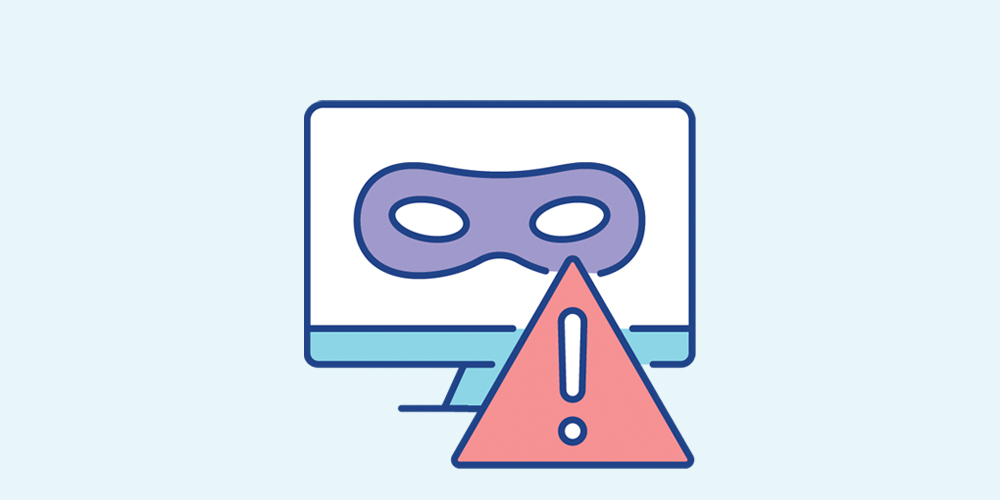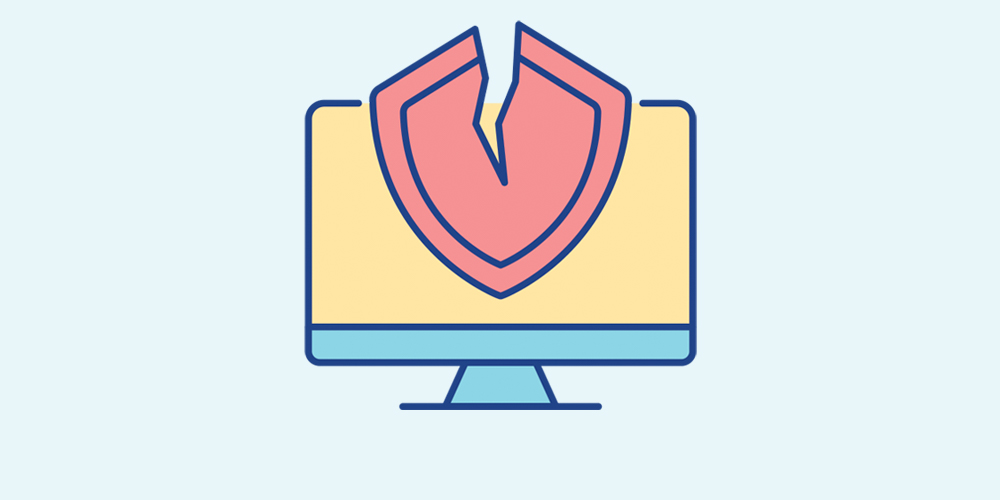You’ve probably heard the term “cyber threat” used more than once in the context of cybersecurity. What you may not know, however, is that the term “threat” is often mistakenly used to refer to other risks to cybersecurity, such as vulnerabilities. Although these three terms may seem to mean the same thing, they each have their own meaning. This fact holds true in the context of WordPress site security.
It’s more important than ever to understand the differences between threats, risks, and vulnerabilities, considering that cyberattacks are steadily rising. Between 2019 and 2020, the Internet Crime Complaint Center saw a 69% increase in cybercrime complaints owing to a rising number of ransomware attacks, a popular example of cyber threats.
So, to understand how vulnerability management tools and technologies work and how to use them, let’s cover the main differences between risks, threats, and vulnerabilities and how they relate to WordPress site security.
What are WordPress Threats?

Threats are what malicious third parties use to directly compromise and steal digital assets and bring business operations to a standstill. You can approach threats by breaking the term down into three categories:
- intentional threats
- unintentional threats
- natural threats
The first category, intentional threats, refers to well-known cyber attacks such as phishing and malware that threat actors use to target security and software systems. Unintentional threats are associated with simple human error, such as forgetting to lock the door to a business’s server room. Natural threats are just that. They are threats attributed to forces of nature such as inclement weather. While not technically related to cybersecurity, can still compromise data assets.
As we mentioned, phishing scams are some of the most popular ways threat actors try to compromise software and security systems. If you’re trying to remain vigilant against intentional threats like phishing scams, remember that bad actors often use URLs that mimic, but are not identical to, the website they’re attempting to copy.
Additionally, if you receive an email to your WordPress site that you suspect is illegitimate, simply check the signed-by domain from which the email was sent. We also highly recommend that you confirm that your WordPress site displays the lock icon next to its URL when you access it from your internet browser, which indicates that your site and its data are secure.
You can take several steps to ensure your WordPress site is more secure from threats like harmful snippets of code, phishing attacks, malware, and ransomware. Updating your WordPress platform to the latest version, creating strong passwords that are unique from the passwords you use for other websites, and using WordPress plugins that protect you against brute force attackers are some of the best methods we recommend.
Be sure to use two-factor authentication and constantly monitor your WordPress environments to shield yourself from threats, as well. And also check out this list on HubSpot that includes more than 20 tips to get your security in shape.
What are WordPress Vulnerabilities?

Vulnerabilities, unlike threats, stem from weaknesses that are present in your web design, software systems, and hardware. Whereas threats are forces that compromise and steal data assets, vulnerabilities are gaps that threat actors can take advantage of to execute their cyberattacks.
Specifically, those gaps most often take the form of network vulnerabilities, flaws in operating system policies that unintentionally provide backdoors through which viruses and malware can enter, and simple human error.
WordPress owners have several ways to spot vulnerabilities at their disposal by using vulnerability management tools and technologies.
It also doesn’t hurt to employ the help of web design professionals who can provide QA testing and ensure you’re using advanced custom web solutions such as secure logins. Web design and development professionals can also assist with localization and accessibility as well as reliability and performance analysis for your site to mitigate potential vulnerabilities.
As a WordPress administrator, one of your top priorities should be implementing security measures with the right vulnerability management tools and technologies to guard against malicious software.

